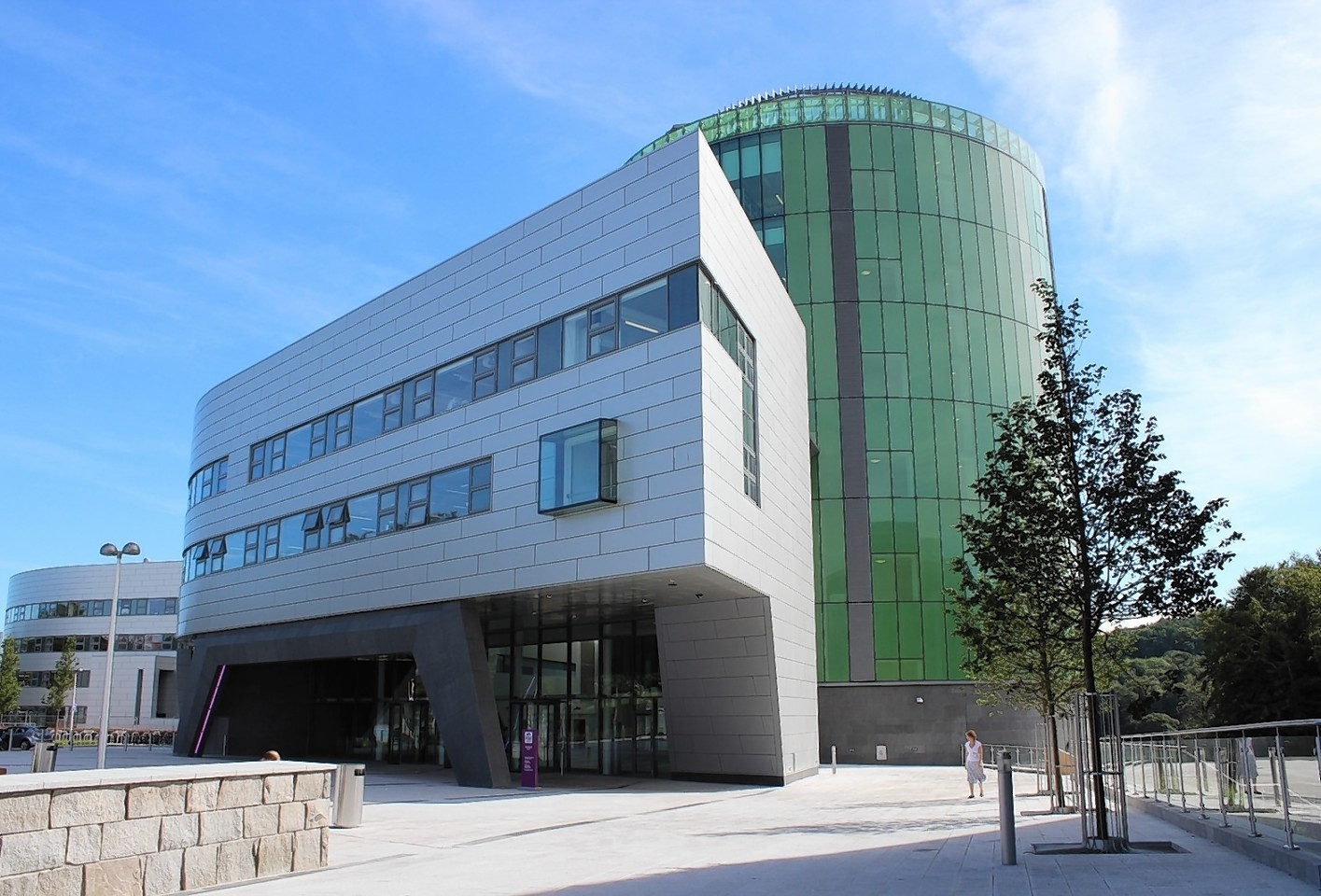A sewage services company has come to the rescue for staff and students of Robert Gordon University.
Lanes Group responded to a drainage fault at the university’s Garthdee campus which resulted in sewage building up inside a deep sump chamber.
Facility managers at Robert Gordon University in Aberdeen said the Lanes team’s rapid response helped make sure the drainage pump failure was resolved with minimum disruption to everyday activity.
Ian Parker, Contract Manager for Norland Managed Services, which manages the campus site for the university, said Lanes Group’s response was “exceptional”.
Mr Parker said: “They played an important role, alongside our facilities team and other specialists, to resolve this problem effectively, so the university, its students, teaching staff and visitors, faced minimum disruption.”
The drainage problem began at the Faculty of Health and Social Care with the failure of two pumps that lifted sewage up the 20m-deep sump chamber for discharging into public sewers.
Norland Managed Services alerted Lanes Group’s Aberdeen depot, which put in place a joint plan of action to rectify the fault.
Lanes Aberdeen Operations Manager Scott Marshall said: “We called in a specialist jet vacuumation tanker with a double liquid ring pump. This was the only machine powerful enough to suck sewage from that depth.
“We had to remove the sewage from the chamber, so a pump engineer could gain access to the pumps located in a well at the bottom and see what the problem was.”
In a two-day operation, 80,000 litres of sewage was sucked from the chamber, and taken away in an articulated tanker for safe disposal at an authorised waste site.
When the chamber was clear, chains could be attached to the pumps to allow them to be lifted to the top of the chamber, where it was discovered that the power cable had been caught in the pump mechanism and severed.
While the repairs were carried out, Lanes engineers continued to pump out the chamber, 10,000 litres at a time, to prevent a build-up of sewage.
Once the pumps were back in place and working again, the emergency pumping operation could be stopped.

